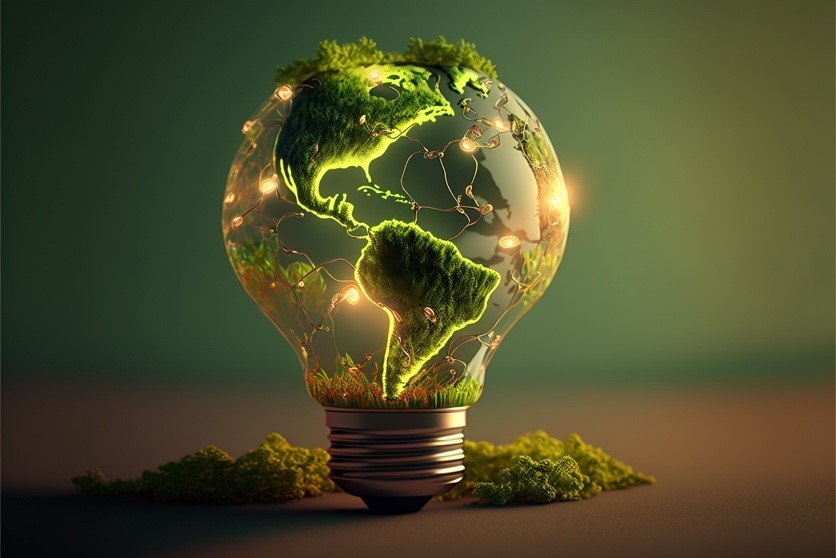Introduction
As climate change becomes a global concern, green technology is at the forefront of efforts to reduce carbon footprints, minimize waste, and build a more sustainable future. Technology is now being used not just to advance human comfort—but to preserve the environment.
1. What Is Green Technology?
Green technology, or clean tech, refers to:
- Renewable energy
- Waste management systems
- Eco-friendly production techniques
- Energy-efficient products
- Sustainable agriculture
These innovations aim to reduce environmental impact.
2. Renewable Energy Sources
Major green energy types include:
- Solar: Rooftop panels, solar farms
- Wind: Offshore and onshore turbines
- Hydropower: Dams and tidal systems
- Geothermal: Heat from the Earth’s core
Advances in storage batteries and grid management are helping stabilize supply.
3. Electric Vehicles and Clean Transport
- EVs reduce dependency on fossil fuels
- Charging infrastructure is growing worldwide
- Buses, bikes, and scooters are going electric
- Governments offer incentives for eco-friendly vehicles
4. Sustainable Building and Smart Homes
New construction now includes:
- Energy-efficient insulation and lighting
- Smart thermostats that cut energy waste
- Green roofs and solar window tech
- Smart irrigation systems for water conservation
5. Agriculture and Waste Reduction
- Vertical farming uses less water and land
- Composting tech and biodegradable packaging are reducing landfill use
- AI-powered systems monitor crop health and predict yields
- Food waste tracking apps help consumers plan smarter
6. Future Green Innovations
- Carbon capture and storage (CCS)
- Green hydrogen fuel
- Circular economies: reuse and recycle as core design principles
- Ocean-cleaning robots and plastic detection sensors
Final Thoughts
Green technology represents the best of innovation and responsibility. With global cooperation and continued advancement, we can create systems that benefit people and the planet.



